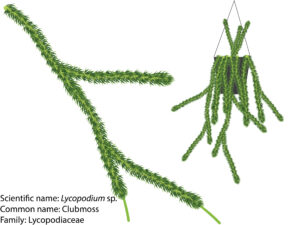
Clubmoss Diversity: A Closer Look at the Fascinating Varieties of Lycopodium
Clubmoss, belonging to the family Lycopodiaceae, is widespread in moist regions around the world. With over one hundred species in this genus, these plants are ancient and have ancestors that dominated the world’s vegetation approximately 250 million years ago, along with the ancestors of horsetails (Equisetum). They are considered more primitive than ferns but more advanced than mosses. Clubmosses vary in size, ranging from tiny thread-stemmed plants found in boggy areas below heath, to large […]
Read More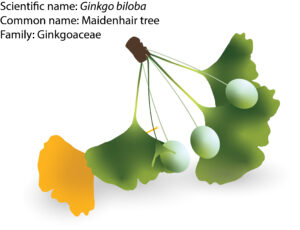
Ginkgo biloba: From Living Fossil to Modern Wonder
The Ginkgoales, which are deciduous seed-bearing plants more primitive than the conifers and even more ancient, first appeared in the Permian Period (about 300 million years ago) and thrived throughout the Jurassic and Cretaceous periods. Approximately 100 million years ago, they began to decline, leaving the maidenhair tree as the sole survivor in the family Ginkgoaceae, and only in China. Therefore, it is known as a living fossil, as the rest of the species in […]
Read More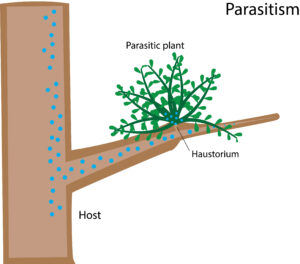
They are expert in stealing – parasitic plants
It doesn’t sound rationale that there are plants that do not make their own foods and living as parasites on other plants. As autotrophs, plants are supposed to live on their own because plants, as most people would assume, are entitled to their abilities to photosynthesis, which is the process of making foods with light and air. However, nature never fails to challenge people’s perceptions with exceptions. In fact, there are about 4500 species of […]
Read More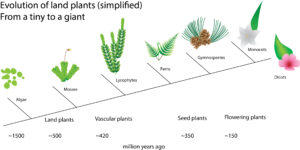
Simplified plant evolution – From a tiny to a giant
The yellow meranti, a flowing plant in Southeast Asia reaches a height of 331 feet easily. The giant sequoia tree, a conifer species in California stands 314 feet tall and is over 36 feet in diameter at the base. The tallest tree, named Hyperion, a redwood species in California is 380 feet tall. How could a tree grow this huge? About 500 million years ago when the first land plants start to emerge, plants were as […]
Read More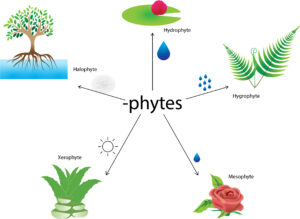
Keep “phyte”ing! – from known to unknown
Other than its position in the phylogenetic tree, each plant is also defined by it’s “place of birth”. As time is the magician, while location is the three-dimensional space that carries its own secret codes such as humidity, light intensity, temperatures, and soil composition et al. From algae-like plants to higher flowering plants, from aquatic environments to terrestrial environments, from knowns to unknowns. Plants grow in most areas of the earth including some really harsh […]
Read More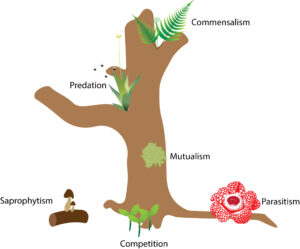
Symbiosis – the ways that plant interacts
Plants of the same and different species interact with each other in the ecosystem actively or inactively in many different ways. The ecological relationships are known as symbiosis, which means “living together”. It is a relationship between any type of close and long-term biological interaction between two different biological organisms, mainly commensalism, mutualism, parasitism, and other types of interaction. The organisms, known as symbiont, can be of the same or different species of plants and […]
Read More